2021
UX Research Project
Stage 1 of Thesis Project 2
Project duration: 4 months
Stakeholders
Malmö Stad, Malmö Civic Lab, Accessibility company
Team
Elizabeth Matkiewicz, Tirsa Rosalba Ramos-Pedersen
This is a UX Research project exploring mobile applications for wheelchair users to inform each other about accessibility locations around the city. Collaboratively with my colleague, we researched the current state of things, conducted interviews and user research as well as analyzed data to inform a lo-fi prototype of what should be in such an app.

“How can we ensure that the app provides all the necessary information about accessibility in a certain location as well as communicates level of accessiblity of different places around the city?”
Figma, Miro, Zoom, Sunet Survey
Wheelchair users
Finding information about accessibility and accessible places is often a hustle - information is either spread around different platforms, outdated or wrong, which leads to unfulfilled expectations and user frustration.
Early exploration consisted of literature research, online interviews, online survey, analysis of current apps and user shadowing in the city. This data was analyzed and synthesized, then used during prototyping.
After the analysis and synthesis, lo-fi prototyping was done in Figma to create a working prototype for usability tests.
With the help of an online survey, online interviews and user shadowing, we discovered that wheelchair users need to consider different aspects before visiting a location, for example, the height of the tables, floor surface, door width and so on. While there are plenty of applications dedicated to marking the accessible locations around the city as well as communicating their levels of accessibility, many participants still relied on other sources of information.
Moreover, in most cases, they did research the place before visiting. Mostly, the participants were checking the location on Google Street View to get a glimpse not only of the location but its surrounding as well. Additionally, all the participants brought up that the needs will vary also depending on a type of a used wheelchair as well as the importance of businesses being educated.
Additionally to the interviews, my colleague and I looked through similar apps as examples, analyzed and annotated them. All the gathered information during the research phase was used to inform the first prototype made in Figma. We concentrated on what should be in the app rather than how it should look, so while it was a fully clickable prototype, it was still in low fidelity. Once the prototype was ready, we conducted remote usability testing to get users' input and opinions regarding the app.
Everything the participants brought up was synthesized and used for a newer and final version of the prototype presented to the stakeholders. During usability testing, very important things to consider were brought up, such as: having pictures of the location to help determine whether the place is accessible for a particular app user, different tags (no more than 4) to help quickly understand what the location suggests as well as making sure the user understand whether the place is accessible or not without the necessity of reading.
The final version of the lo-fi prototype was not tested on participants but communicated everything they wanted to be added or removed.
There were a few things we found interesting during the project and believed those were interesting to research deeper in the future. Favourites, Challenge and Rewards, as well as Community were interesting points proposed by the participants in interviews as well as the survey and were tied to user motivation.
They were in our first version of the prototype, however, after receiving mixed reviews during usability testing we removed them to be explored further.
Original cover picture: Sebastian Hietsch on Unsplash